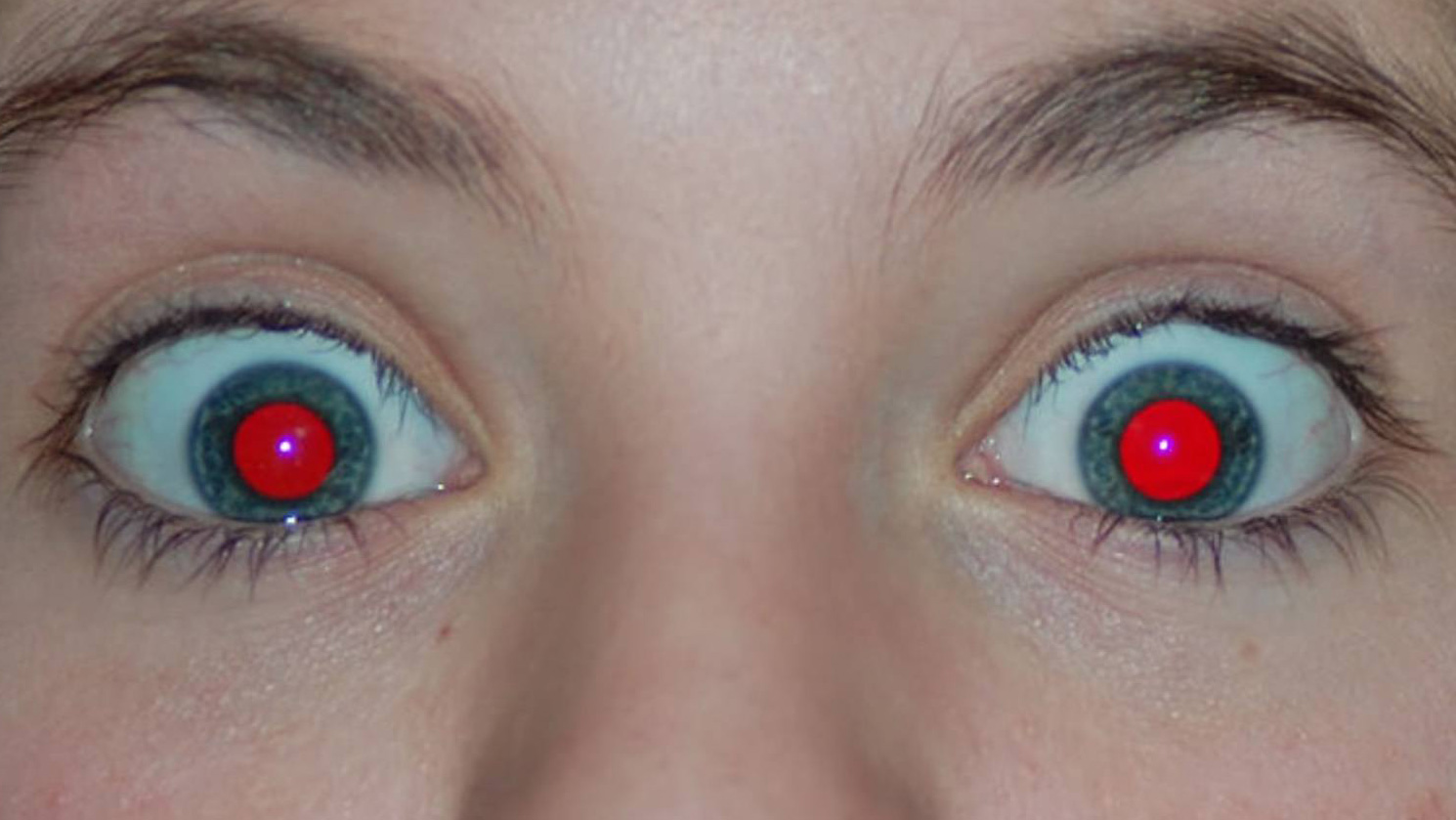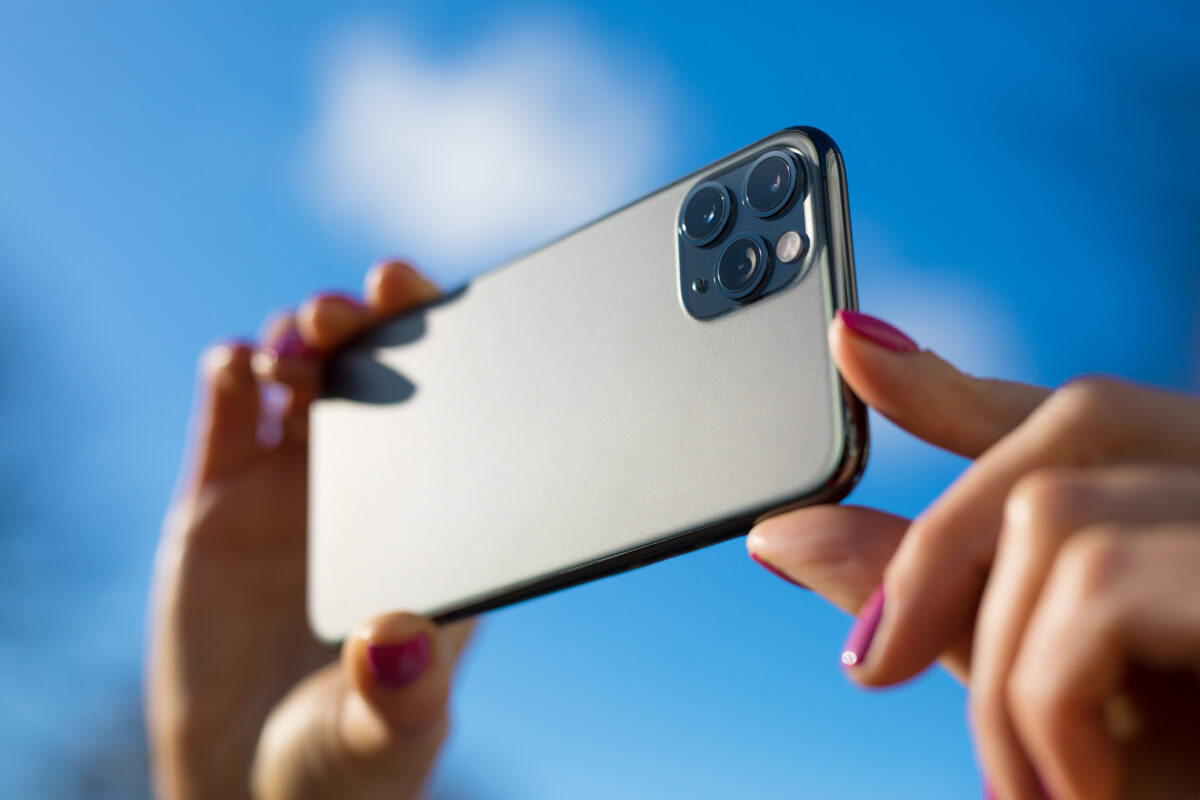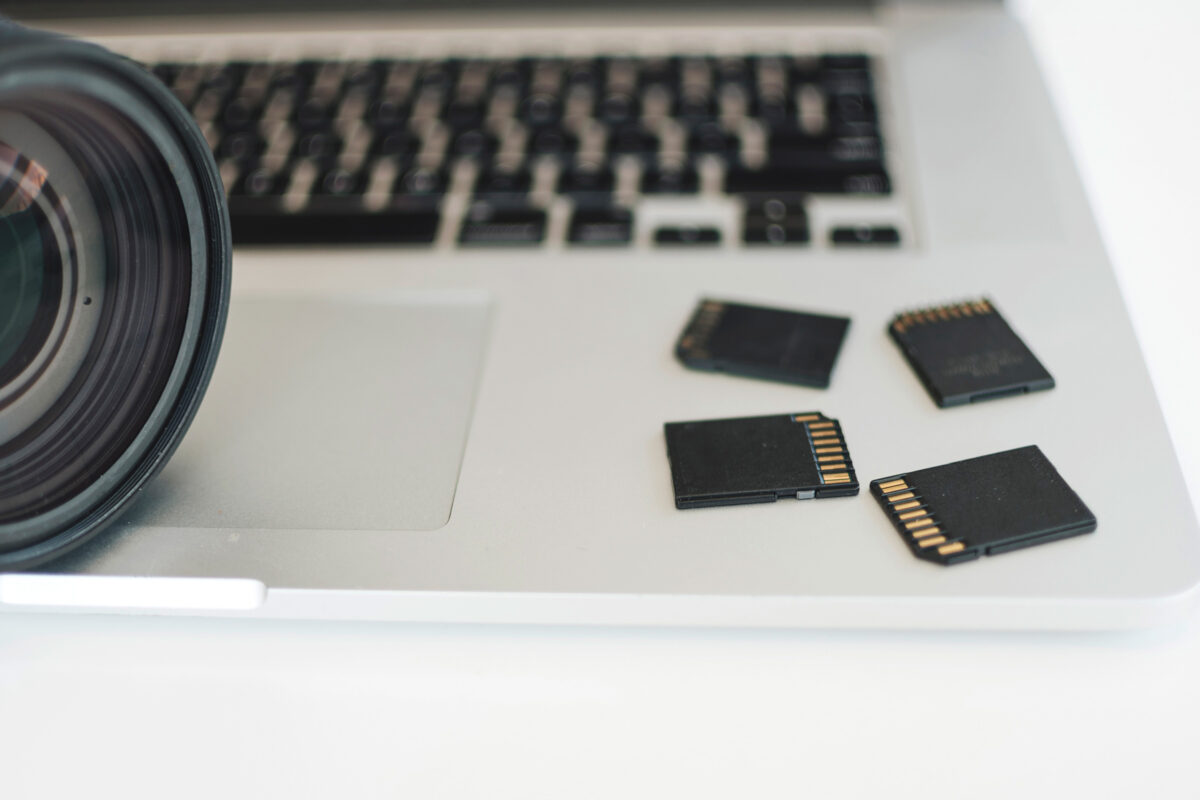When you set your camera to auto-flash, it doesn’t guarantee that you’ll get great photos every time. Why not? Because your camera takes many things into consideration and doesn’t always get them right.
The three most common flash problems are: the flash doesn’t go off when you need it, the flash fires when you don’t want it to, and getting those dreaded red eyes, which make your subject look like a character from a horror movie.
Daylight Flash
If the flash doesn’t go off when you think it should, it’s usually because a point of light fools its sensors. If, for example, you take a picture of a family in a café during the day, the brightness from the windows might be so great that your camera thinks there’s enough light for a good photo. That’s when your family photo turns into a clump of shadows instead.
To fix this, look through your camera’s dial or menu options and choose ‘flash on’ and your camera will flash even during daylight. This can be handy in that restaurant situation or when you are taking pictures of people when they are outside and standing in shadows.
Turning Off the Flash
Choosing the ‘flash off’ setting means you can take photos in museums or art galleries without damaging their precious paintings.

Red Eyes
One of the most annoying things about flash photography is the dreaded red eyes problem. This happens when the flash lights up the blood vessels in the back of the eye. Amongst the flash options, there is usually a Red Eye Reduction option.
Switching to the Red Eye Reduction feature means your flash will fire a beam of light into the eyes (or it might do an initial burst of flash) to constrict the pupils. This means that the flash is less likely to be able to light up the retina at the back of the eyes.
Some cameras have an ‘auto’ or ‘intelligent auto’ setting on the dial; when you are on this setting, you may not have access to flash options. Still, you can usually get around this by temporarily putting it into ‘P’ (for Program) mode.
Knowing about your flash options will give you better photos in various lighting conditions. If you take time to play with these settings, you’ll discover a new world of photographic opportunities.




